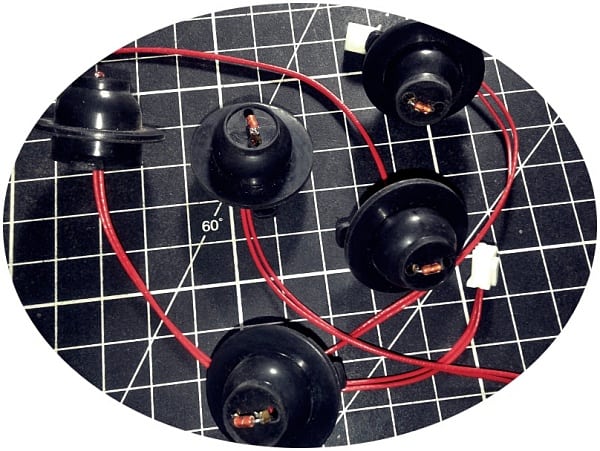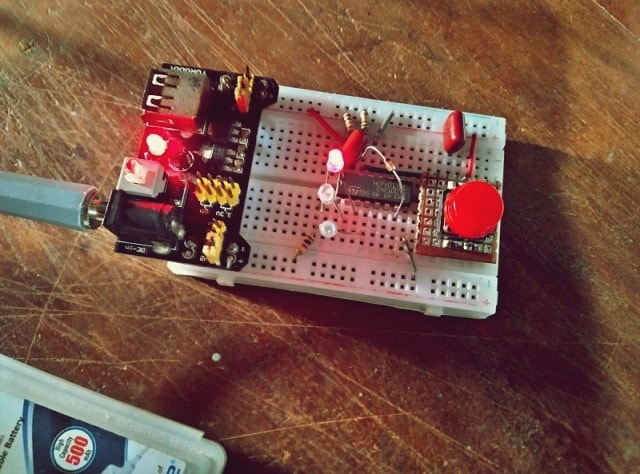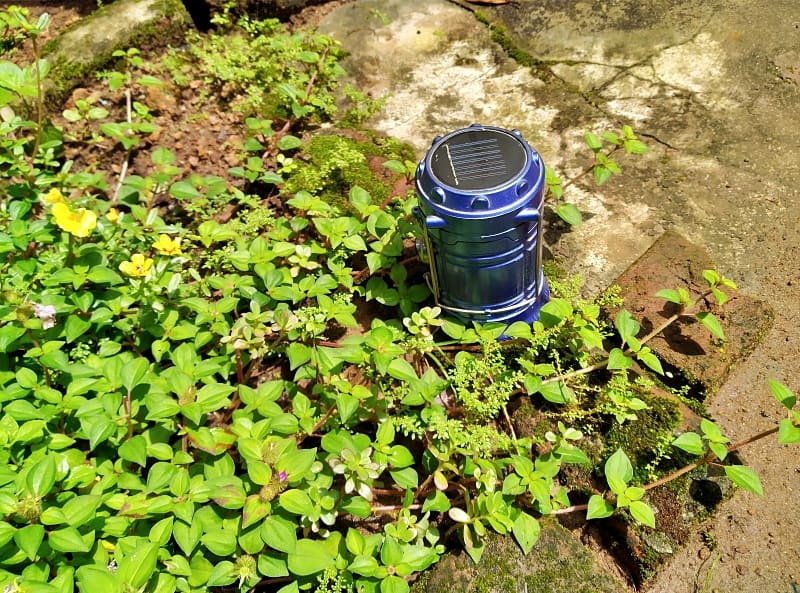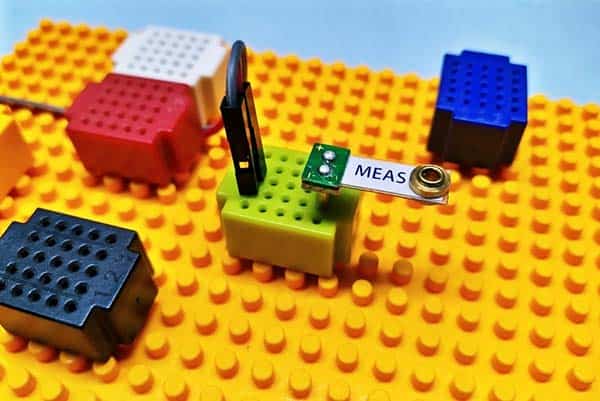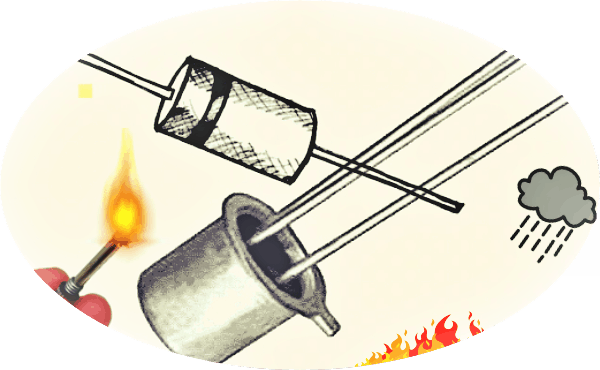
When it comes to everyday temperature sensing, the thermistor is the most simple and inexpensive component to get temperature data at ease. That’s fine, but in this article, I’ll explain how to use common bipolar junction transistors and small signal diodes as accurate temperature monitors/sensors. Since they’re true analog components, you don’t need to write lengthy codes and/or call special third-party libraries even if used them in your relatively complex microcontroller projects!
Temperature Sensor Diode – Forward
It’s worth noting again that a diode can be used as a temperature sensor, and most diode-based temperature sensors use the change in forward voltage. This is because the relationship is fairly linear with about 2mV less voltage drop for every degree increase of temperature (-2mV/°C).
You know that the typical forward voltage drop (VF) of a common silicon diode is 700mV or so. That’s okay, but remember that this voltage drop is influenced by the current that flowing through the diode (IF) and the temperature closely encircling the diode. So, if you keep the current constant and read the forward voltage, yes, you’ve got yourself a pretty simple temperature sensor diode! Sounds great, right?
I’ve been using the 1N4148 small-signal silicon diode (https://www.vishay.com/docs/81857/1n4148.pdf) as a temperature sensor in a few hobby electronics projects. My pick is intentional as the DO-35 package diode has a non-melty glass shell that’s appropriate for my ‘hot’ applications. Below you can see the merest 1N4148 temperature sensor idea.
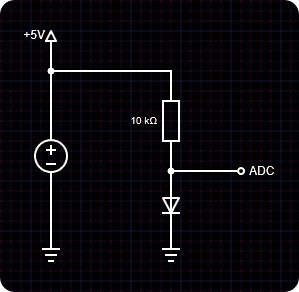
The single resistor is enough here because the forward voltage drop of the diode doesn’t change much and hence the current through the resistor is reasonably constant. Anyway, you’re free to opt for a constant current source for driving the diode – look below.
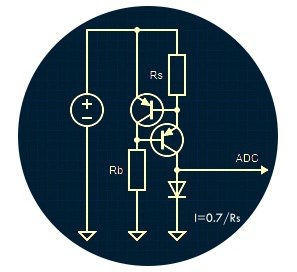
Side note: For a silicon diode, the barrier voltage for current flow to occur is above the point of 700mV, and it’s above the 300mV point for a germanium diode. Further, the “Bulk Resistance” of a diode is the approximate resistance across the terminals of the diode when a forward voltage and current are applied across it. This resistance is dynamic i.e. it changes according to the amount of forward voltage and current going through the diode at any particular time.
Temperature Sensor Diode – Reverse
You should also note that the reverse current of a diode can even be used as a temperature sensor. See https://www.digikey.com/eewiki/display/Motley/Diodes#Diodes-LeakageLeakage
I’ve measured the reverse current of a 1N4148 diode as well using the setup shown below. And I found that the reverse leakage current is pretty small – around 3 nano amperes (nA) only. Both temperature and voltage affect the diode’s reverse current, so I used a steady 5VDC power source while taking the DVM readings.
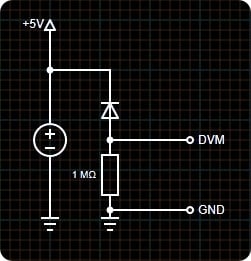
Temperature Sensor BJT
The base-emitter junction of a BJT has a very predictable transfer function that is dependent on temperature. So, in order to measure the case temperature of a device or board temperature, we can use a discrete NPN (or PNP) transistor as shown in the next figure.
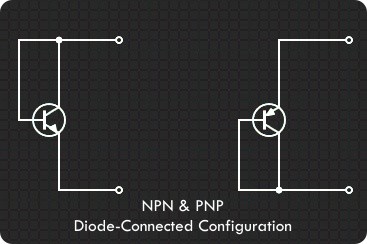
As discussed before, one of the interesting properties of a silicon diode is that it has a temperature coefficient of about -2mV/°C, that is to say, the voltage falls by -2mV for every °C it gets hotter, and it’s pretty linear from 0 to 100°C. Since the base-emitter junction of any transistor is also a diode, it’s easy to use discrete transistors as robust temperature sensors.
At this point, it’s worthy to take notice that just about any silicon diode/bipolar junction transistor can be used as a temperature sensor, and in most instances, any precision op-amp can be used for sensor signal conditioning (speed is usually not a big concern). But the Motorola MTS102 is a silicon temperature sensor specifically designed and optimized for this particular application (https://datasheetspdf.com/pdf-file/521287/Motorola/MTS102/1).
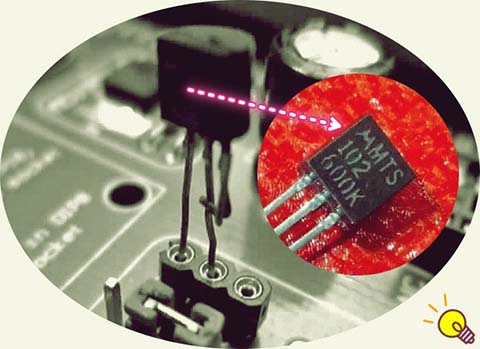
A Practical/Experimental Design
Temperature is a quantity that must be controlled quite frequently in electronic circuits, especially when we work with power electronics that dissipate much heat. Extreme temperatures can be very destructive, but with effectual temperature management (often by disconnecting the circuit or by forced ventilation) we can previse damage to the system, preventing costly disasters in the end.
Well, now you can see the little circuit of a BJT based temperature sensor which’s designed to be as simple as possible, with common and cheap components, but at the same time to be as flexible and useful as possible. The following schematic (v1) shows the practical/experimental design consisting of a good old BJT (BC107B) and a cheapo differential comparator IC (LM393N).
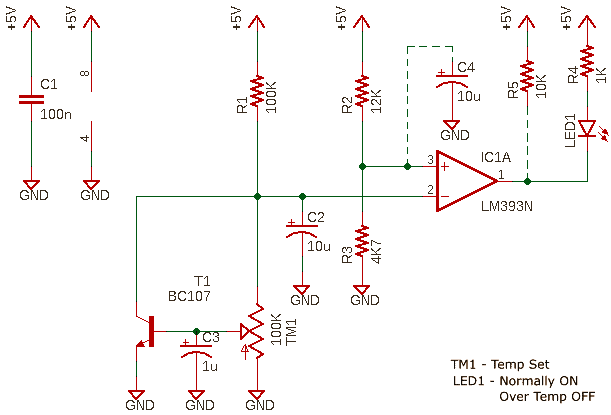
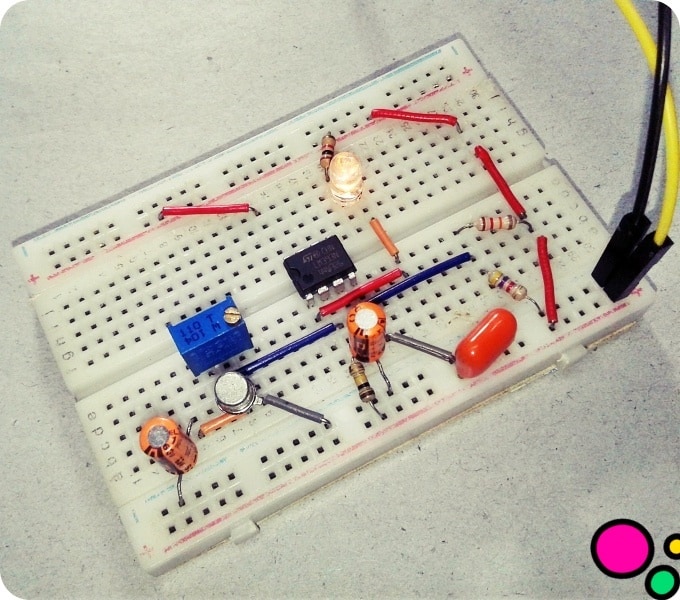
In summary, even though the solution(s) demoed here has a few limitations, it’s amazingly easy to use diodes and transistors as cheap and robust analog temperature sensors and use them in everyday hobby electronics projects. I’ve used a lot of different configurations of associated circuits as crude temperature monitors. However, I’m pretty sure that many others might know a lot more on this than I do. So, enjoy Googling to find the knowledge and work they put into their amazing projects, and a lot of other things!
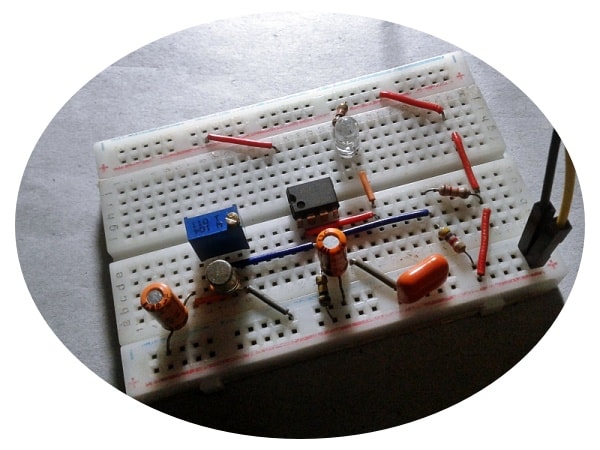
Postscript
I just want to show you my small collection of “glass diode temperature sensors” usually used in induction cooktops and rice cookers. One might easily shrug at this point and default to the assumption it’s a cheapo temperature sensor diode. But this is actually a 100K negative temperature coefficient thermistor (100K NTC Thermistor)
